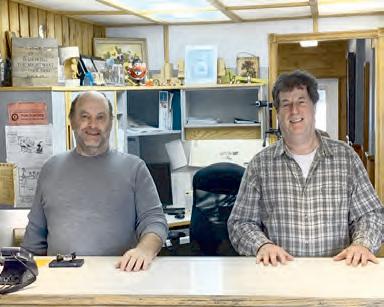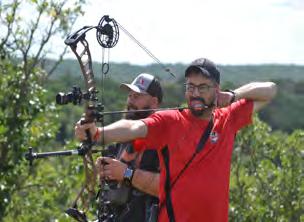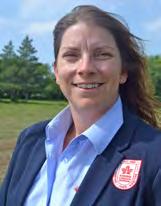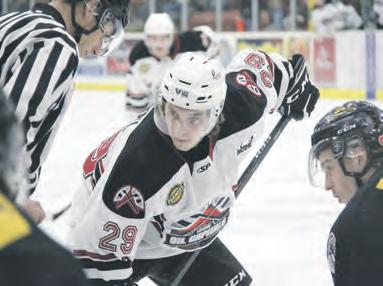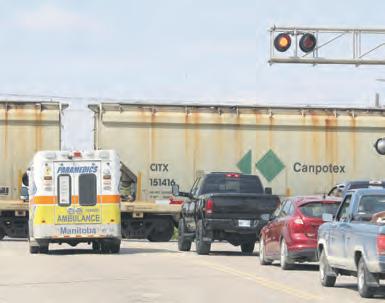














At the free Corex noon barbecue the community flocks to the park for a burger or hot dog hot off the grill.
But it’s about more than the food. Judging by the yearly crowd, people take a noon break this day. This celebrates the Thursday kick-off of the Virden Indoor Rodeo & Wild Wet Daze weekend on Aug. 17.


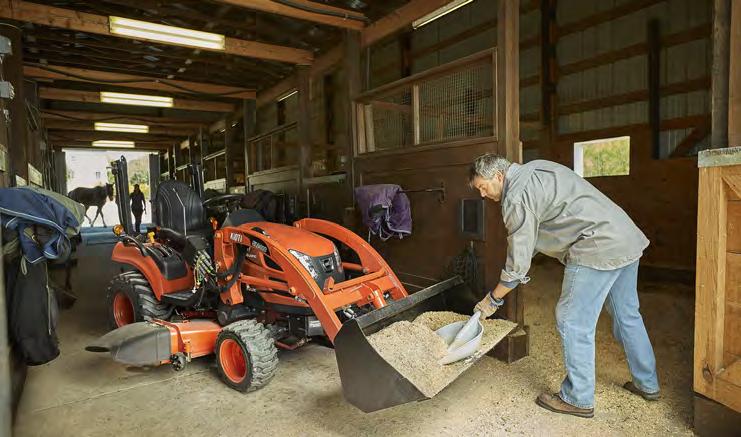
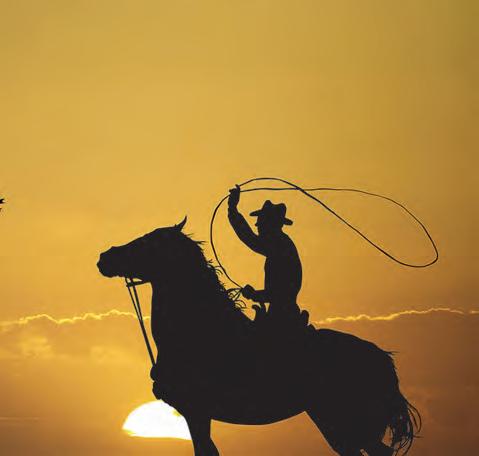

Friends, neighbours and acquaintances visit in the beauty of Victoria Park in downtown Virden. DJ music and entertainment particularly geared for kids gets going at Chevron

stage in the heart of the park.
Before 1 p.m. rolls around a mini concert with live musicians precedes a Corex Resources Ltd. representative taking the stage. For many years, the company has presented a cheque to the Virden Community Chamber of Commerce to help them host Downtown Daze. Bring your lawn chair and picnic in the shade of historic Victoria Park’s mature trees, or take a seat in the big white tent set up especially for the barbecue. Everyone is welcome. It’s Corex’s way of saying thank you to the community where they work.
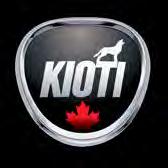 By Dale Davison
By Dale Davison

One very visible part of Virden’s Wild West Daze is the annual Show & Shine. This year the event promises to be bigger and better than ever. Between 5 and 8 Thursday, Aug. 17 check out the Farmers’ Market site as well as Wellington Street between 6 and 7 Ave. Organizer Murray Davies says closing these streets makes room for the cars to spread out so guests can view these beautiful vehicles and talk to the owners. Participants are eligible for over 60 prizes for their entries.
This year the Road Rebels car club from Brandon will be showing their stuff. This club is a good fit for the Show and Shine since the organizers of the Virden event want to see as many different types of vehicles represented as possible.
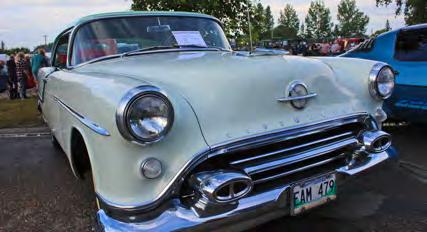
The Rebels are a club that features cars, trucks, motorcycles and special interest vehicles. Their focus is to have a good time while preserving and promoting the automotive hobby.


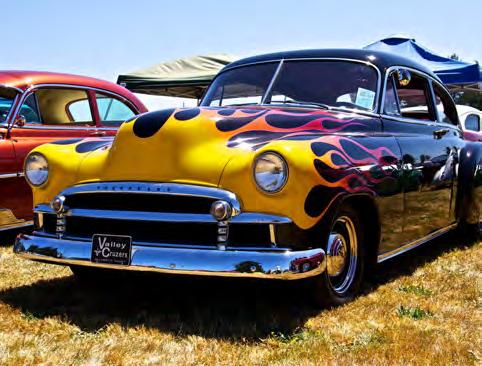
“Our club started in 2003 and we are celebrating our 20th anniversary this year.” said club organizer Dave Burba. “We have a number of planned car shows throughout the year but also plan and attend mini shows at personal care homes and senior living apartments.” The club’s main charity is the Elspeth Family resource Centre, and they help fund the Crocus Plains Automotive Trades course.
The Melita 3 and 83 Cruisers are another area car
club with plans to attend. These folks are passionate about their restored treasures and love to show them off, attending many shows across the province this summer, or just getting together to cruise.
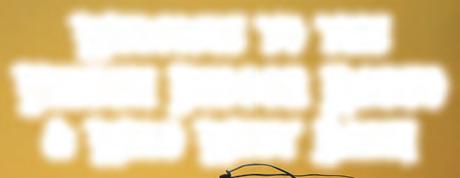
And of course, there are dozens of individuals around the area who don’t belong to a club but would love to tell you about their obsession with these beautiful creations of steel and glass.
This can add up to over 160 entries if the weather co-operates. A rainy day can put a damper on the show and not just because it will lead to another wash and shine for the cars. As anyone who attends can see there are millions of dollars invested here and a forecast for thunderstorms, and the risk of hail that can accompany them, strikes fear into the heart of an exhibitor. However last year’s late afternoon drizzle did not stop the show.
It’s a great place for a street party on Thursday Aug. 17.
Alongside family members who have taken prominent roles in the development, organization and operation of the annual Virden Indoor Rodeo & Wild West Daze, Joan Brown has been behind the scenes since it all began more than three decades ago. At the time, a western rodeo component was added to what was then the Canadian Firefighters Rodeo to form the Double Rodeo Weekend, and Brown jumped on board.
She has been one of the legions of volunteers who help to make the community’s signature event, now into its 33rd year, go smoothly each August. In addition, she has witnessed its exponential growth over time into its present stature as a major player on the rodeo circuit.
“I started with the rodeo when it started,” she said. “I was on the very first committee…the commit-
tee that began it. As I had family that was involved in rodeo (and still are to this day), I got involved.”
Brown recalled that in those formative years, the rodeo committee did not have the organizational structure that is in place today, making putting the weekend event together and running it a bit ambiguous.
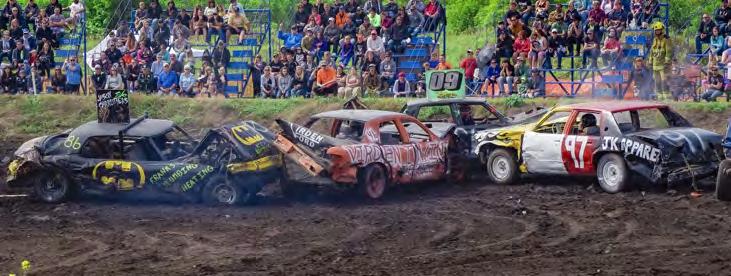

“We just did what need-
tee,” she said. “We always did. It’s also the fact that it’s a family sport. The kids were involved. My husband team roped and other members of his family rodeoed. Out kids got involved in rodeo after a time and I was the only one who didn’t really participate.”
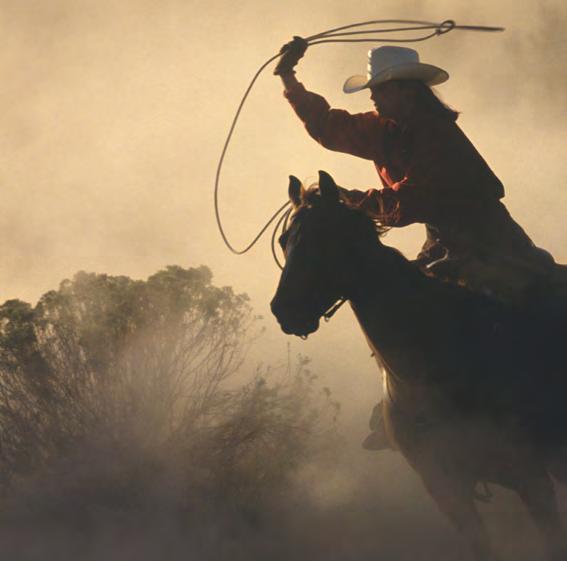
Brown’s contributions will be formally recognized with the 2023 Gerry

ed to be done,” she said.
“At the time, we really didn’t have a whole bunch of titles for anybody. We helped with set up, take down, whatever.”
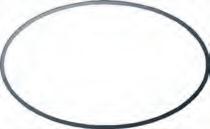
She enjoyed interacting with the people and that, coupled with her love of the sport of rodeo, kept her involved.
“It was great because we had a good commit -
Holmes Memorial Award, which will be presented during the intermission of the Friday evening rodeo performance at Tundra Oil & Gas Place. The award is presented annually to a volunteer who has made an exceptional contribution to the production of the weekend’s events.
Last year, with the rodeo
weekend fully resurrected after two years of COVID-19 induced hiatus, Brown decided to step aside.
“My last job was that I worked in the rodeo office,” she said. “I distributed arm bands and meal tickets to contestants and volunteers.”
Brown looks back on her long tenure with pride,
and is looking forward to taking a seat in the arena and enjoying the performances. She feels it’s an opportune time to provide the younger up and coming rodeo personnel and committee members an opportunity to take the reins of the Virden Indoor Rodeo & Wild West Daze into a promising future.
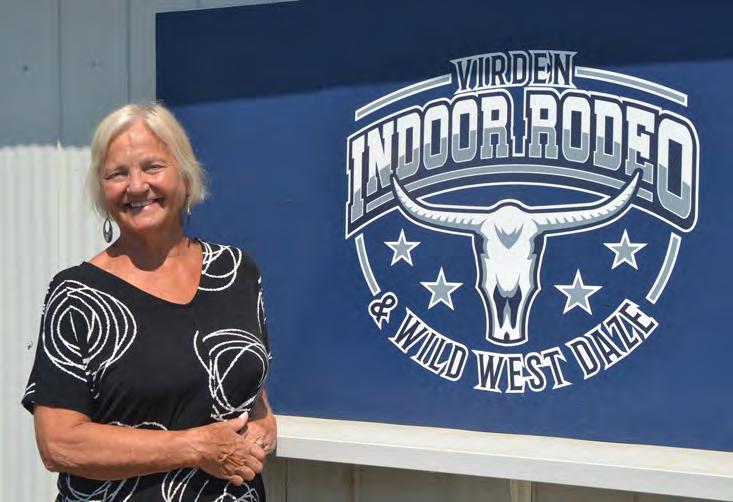
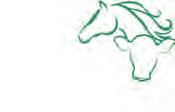

“There is a young crew on there (steering committee) now,” she said. “It’s time for them to take over and they are doing a good job. They’re all very dedicated to it and all wanting to make something out of Virden and out of the rodeo… something more, and that’s great. As a town, we’re very lucky.”

Meet Rick Hiebert, the man behind the camera in Virden’s rodeo ring. Action Plus Photo is his aptly named business handle. You will see him down in the ring quietly capturing the pageantry and the split-second action of the three-day 2023 Virden Indoor Rodeo.
Seeds of rodeo photography took root early for this Morden rodeo photographer. “As a young boy, I played cowboy and admired rodeo. I grew up on a small mixed farm but we didn’t have horses.”
Camera work also started early for Hiebert.
“I’ve enjoyed photography most of my life, shooting mostly wildlife during the film/slide years. I purchased my first digital camera shortly after they firstly came out.”
A keen interest in sports, rodeo in particular and his penchant for photography took Hiebert to rodeo ringside and that’s where it all began. As is often the case, it was an unexpected event, a twist of fate if you will, that first prompted the photographer to eventually go into business.
“My photography business began with a simple act of kindness. I was photographing a local rodeo and noted that a lady with a tiny ‘point ‘n shoot’ camera was trying to capture a young girl in the goat tying event. I offered to send her some of my photos. What I didn’t realize was that she in fact organized this rodeo. Later, she insisted I come to the next rodeo and sell my photos, and so it all began back in 2006.”
But what has taken Hiebert to the professional level, producing the amazing shots of bucking broncs, bull riders, calf ropers, barrel racers and more ?
“I love the intense action and adrenaline that rodeo brings. Trying to capture that at its peak moments is what I focused on in the first many years.
“Understanding the different events and learning what the cowboys/girls wanted to see in a photo was immediate priority. I’m a perfectionist and rarely satisfied with any photo, always seeing how it could have been done better.
He has turned to other visual arts such as painting, sketching, carving, etc as well and that artistic
bent is reflected in recent photographic work.
“In the last number of years my focus has turned to creating art of sorts with photography too. This absolutely drives me as I’m always trying to produce more unique angles and types or styles of shots.”

Rodeo is a perfect venue to find artistic fulfilment.
“The rodeo athletes ‘pose’ themselves so all I try to do is come up with new ways to capture them. Freezing the action from angles that viewers don’t normally get to see creates more excitement.”
Getting down into the action is where the best pictures happen and that’s where Hiebert wants to be. However, the rodeo arena is a busy place. Things happen very fast there. We asked Rick if he’s had any close calls:
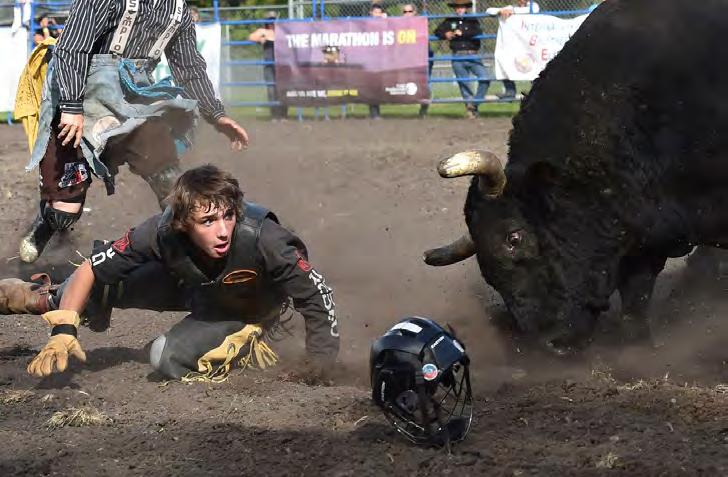
“Yes, and lots of them,” he responds. “I’ve learned to recognize most of the animals’ movements and never been outright run over, but I’ve come very close a number of times.”
He says, “Injuries have been few, mostly when the odd mad bull chases me up the panels and tries to hook my feet off the rails. The
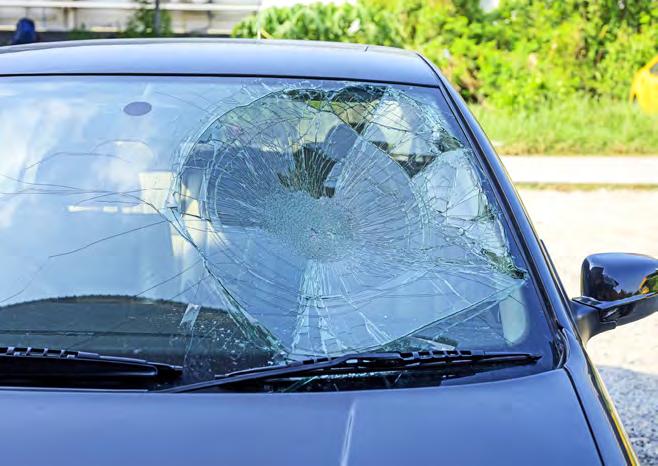
worst was once in Virden when a bull damaged a nerve on the inside of my leg. It took two years for the numb area to repair itself.
“That hasn’t slowed me any though, as I’m somewhat of an adrenaline junky and it’s all just a part of trying to fill my need to capture that ‘once in a lifetime’ image.”
There is another lens through which Hiebert has viewed life – that of law enforcement. He was with the Winkler Police Service for 34 years, the
last 18 as chief of police. He fit rodeo weekends into his schedule.
Hiebert retired from police work five years ago but he’s stayed with photography, doing most of his work in Manitoba, although he’s worked events such as a celebrity fishing tournament on Lake of the Woods, Ontario, and the Dash4Cash Barrel Race in Saskatchewan three times.

“Photography has blessed me and taken me places I’d never dreamed and I’ve made so many new friends.”
It was a decade ago, in 2013, when the Virden rodeo committee first enlisted Hiebert’s services. As you thumb through the Virden Indoor Rodeo & Wild West Daze glossy program, the pictures of rodeo action are the work of Rick Hiebert’s Action Plus Photo.
Rick Hiebert says, “The rodeo community has been so good to me… the Virden Indoor rodeo has been my favorite event to photograph for so long and I look forward to yet another year!”

Rodeo clown is a new role for Scott Byrne but he’s been around rodeo all his life. Bull riding runs in his family and Scott gave it a try, but soon found he had lots of try but little talent for the sport. He decided it would be a good idea to quit before he got killed and bull fighting was an alternative. He attended a bullfighting school to learn the ropes and his experience there convinced him that he had found his place in the rodeo game.
From this beginning came a career as a professional bullfighter. With a chance to work the Calgary Stampede only a couple of years after he started, Byrne was on his way.

He loved his job, and the rush and excitement of protecting the bull riders from the 1500 pounds of fury that’s trying to kill them. And so it went for 20 years, working some of the biggest rodeos with some serious injuries
along the way.
He didn’t want to end up as the old guy still trying to hold on so in 2015 Byrne decided to end his bull fighting career, and after a brief return to fill in at the Calgary Stampede he knew he was done.


It was a time when Byrne felt uncertain about what the future might bring so when he got the opportunity, he became a commentator for Professional Bull Riders (PBR) events. After seven years at this he has become a voice that fans know well. He describes the intense moments during competition and the background drama that takes place behind the scenes. In 2023 Byrne has become a host of Canadian Dirt, an online live interview and commentary show that covers the stories both inside and outside the arena.
Clearly Byrne’s connection with the sport and the people remains strong and it’s no surprise that he decided to return to the ring, but instead of being
a bullfighter he came back as the rodeo clown. Two things helped him make this decision.
First was the relationship he had with one of the greatest rodeo clowns ever. Lee Bellows was a fixture at rodeos across North America until his death in March of this year. In the years that Byrne was bullfighting, Bellows kept telling him he would make a good clown and before he died, he gave Byrne all his rodeo clown gear, like his t-shirt cannon and his marshmallow slingshot. When he did his first rodeo as a clown for the bull riding event, he found it fun and exciting, and it showed him a whole different aspect of the sport. Now he understands what it’s like to get hit in the barrel because he’s experienced it. He also understands how important the clown is when a crowd needs to be more engaged. Everyone in the show, from the competitors to the livestock, perform better with an excited engaged crowd, and nobody wants to come to a dull event.
The second reason that Byrne decided to become a rodeo clown is found in the strong family roots he has in rodeo. These roots are growing a new generation of bullfighters and among them is Byrne’s son Brayden. He will be fighting the bulls at the Virden Indoor Rodeo this year and his dad will be the clown. While Byrne says he isn’t sure what the future holds for Scott Byrne the rodeo clown, he says he will have some very fond memories from this event. He said “to be still in the business, having gone full circle, and be working with my own son (Brayden) is every father’s dream”. Western legend Lee Bellows will be watching over both of them.







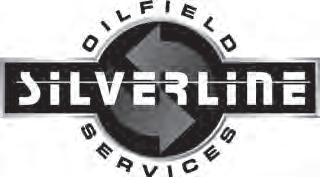
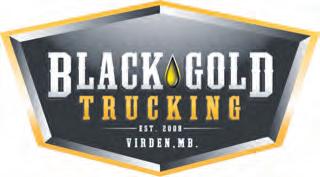


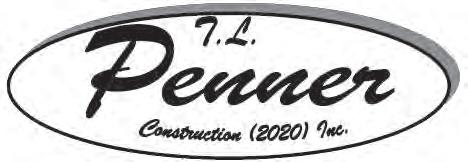


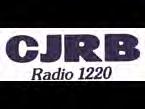







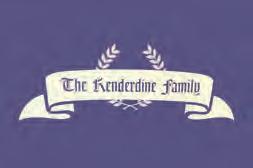
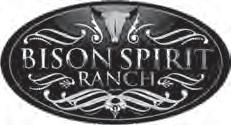


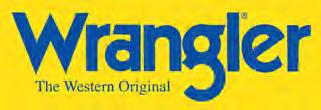

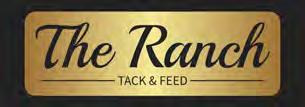





Shawne Hagan and his wife Jocelyn ranch on the Hagan home place where Edward and Christina Hagan raised Shawne and his four siblingsnear Woodnorth, south of Virden. Steeped in the horse industry all his life, Shawn has been chosen by his peers to receive the Horseman’s Hall of Fame award at the 2023 Virden Indoor Rodeo.
It means a lot to receive this prestigious award in this horse community where people enjoy draft horses to miniature horses, mounts used for rodeo and ranch work, racing, and showing. Hagan says, “It’s a very special award to get. There’s a tremendous amount of horse people in this area.”
As a youngster he rode on the Shetlands that his mother raised, and later on horses provided by his big brother Keith. Shawne would grow up envisioning life as a cowboy. And that’s just what he became, not only using horses on their cattle ranch, but taking up
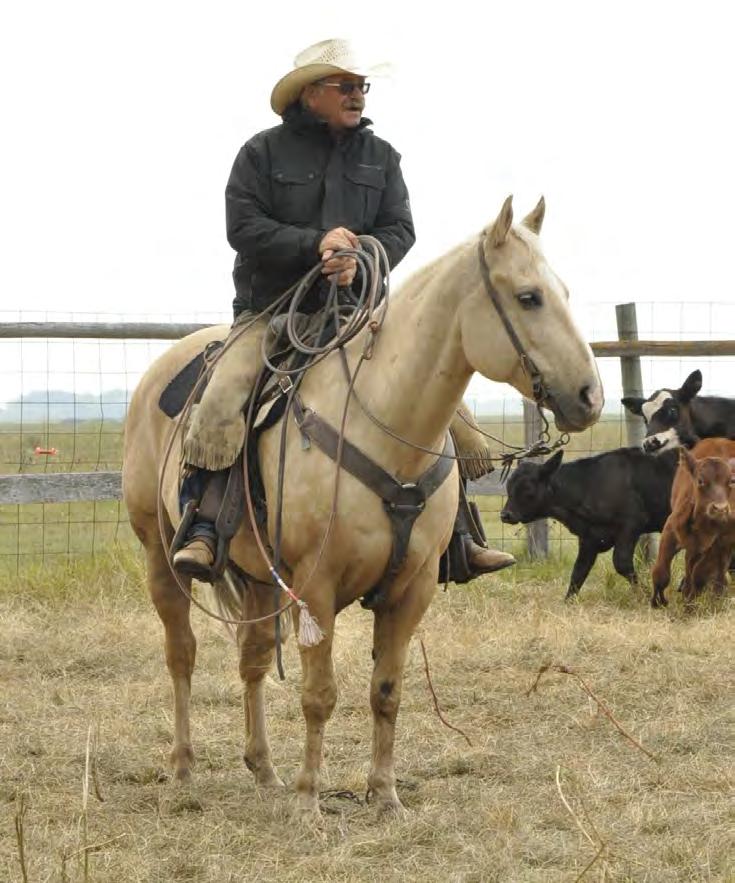
calf roping, competing in rodeos around Manitoba and eastern Saskatchewan and even competing in some pro rodeos.
“You know, I was always interested in horses from the time I was a little guy. I got going to the local fairs, showing horses, doing gymkhana. I progressed into roping, just at home.
“My Dad had cattle. I played around with them, roped them when I wasn’t supposed to,” he chuckles.
“Everybody wants to be a cowboy. I wanted to be a cowboy. I always liked calf roping and that’s what I pursued.”
Shawne and Jocelyn raised four children Alistair, Amanda, Thomas, and Bronwen. The boys became rodeo competitors and daughters-in-law Erin (Alistair) and Felicity (Thomas), accomplished barrel racers. The senior Hagans now enjoy five grandchildren: Harley, Slade, Rory, Ryan and Sofie with even the youngest riding ponies.
Virden has become one of the best rodeos on the Prairies, Hagan says. As a
homegrown competitor, he helped build Virden’s rodeo legacy.

Hagan had a like-minded companion in a Lenore cowboy, Lyle Brown. By the time Hagan bought his first rope horse, Brown had built an arena and bought some roping calves.
“Jocelyn and I would drive over about three times a week and we had a wonderful time. When Lyle and I got together and practiced, we sort of learned together.”
They built a lasting friendship.
Brown, recalls those early days and the connection between the Hagans and the Browns. “Our families were close,” says Brown. They still are.
Roping and steer wrestling (which Hagan added as a second event) now seem like second nature to cowboys around Virden, but it wasn’t always so. “It was tough for a kid from Manitoba to get involved in rodeo at that time,” says Hagan. “You had to know somebody to help you a little bit.”
Pg 11 ►
◄ Pg 10
There was no YouTube or online instruction either. Just the real thing.
Hagan began from scratch, so to speak. Miniota and Oak Lake were the closest rodeos in the early ‘70s. “I think I entered Miniota for the first time in about 1973.
The horse under the cowboy has to be educated. Hagan says, “I started out with a little horse that was okay… good enough to get me going.”
He then purchased a retired rope horse from a cowboy at Carnduff, Sask. “They sold him to me for $400. He was the first real good horse I ever had.”
After that, Hagan began to train his own horses, a satisfying accomplishment. He says his favourite and probably his best mount was a registered quarter horse that he purchased as a colt, from Stu Taylor at Miniota. He was a buck-
skin gelding named Dan.
“Looking back, he was probably one of the best ones I ever had. I trained him myself; I was very tickled with that.”
Bill Harding was another good friend that Hagan practiced with for many years. It so happened that Harding purchased an appaloosa gelding named Ranger, who became Hagan’s rodeo reliable.
“He let me use him for a few years, we won quite a bit of money on him.”
Hagan joined the Manitoba Rodeo Cowboys Association (MRCA) in 1976 and started going to some 20 to 30 rodeos per year around Manitoba and into Saskatchewan.
“At that time… about ’79, or somewhere in there, we had our first MRCA Finals in Brandon which was quite a big deal for me.”
The top 10 competitors in each event qualified to compete in the finals for
the year end championship. He qualified for the finals most of 20 years of rodeoing.
Hagan was in on the startup of what has become the Virden Indoor Rodeo. He recalls, “The very first rodeo… came as kind of a surprise to us. We didn’t know there was going to be a rodeo until about two weeks beforehand. The town had gotten involved with a rodeo (stock) contractor.” The first rodeo in Virden came together quickly.
After that first one, a meeting was called. Everybody in the area who was interested in rodeo, came together and the Virden rodeo organization began to take shape. “Everyone got behind it.”
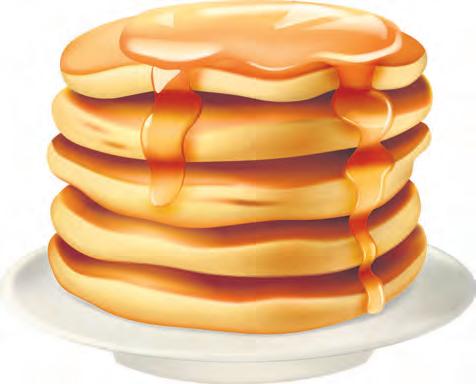
Highpoints in Hagan’s years of rodeo competition include twice winning the calf roping event in Virden rodeo.
“And that was pretty
special because Virden was very hard to win and it was great to win your home town rodeo.”
The Virden became a destination for many rodeo competitors and a foundation producing Virden area competitors, with second and third generation cowboys and cowgirls now into the sport.
A foundation that included years on the high school rodeo circuit for the Hagan kids. “Fun times.”
About that time the Hagans got into the PMU business, running it for 15 years with both quarter horse and draft mares.
The Hagan name was to become a recognized brand in the horse industry through yearly sales.
“We had our first Hagan Horse Sale in 2009, and had 12 more sales after that. We would consign about 12 horses each year, divided among our three families: Jocelyn and Shawne, Alis-
tair and Erin and Thomas and Felicity.”
The sale was strategically held each fall in conjunction with the MRCA Rodeo Finals at the Keystone Centre in Brandon.
“We made a lot of new friends and sold horses all over North America.”
This event showcased what the Hagan family did best, day in and day out, spending hours in the saddle to create horses that cowboys wanted. “We’d ride them all year long on the ranch, do ranch work.”
They added some smart marketing, producing videos of each sale horse. Buyers from Texas to Toronto would call wanting to view videos of the stock. And then the Internet and YouTube came along, making that even easier. “We had a lot of fun with it.”.
The sale was discontinued due to Covid restriction and their horses are sold privately now.
The Hagan name continues on rodeo programs with sons Alistair and Thomas heavily involved in Virden’s rodeo.
This year, Hagan’s granddaughter Harley, 15, and grandson Slade, 12, are competing in the High School Rodeo Finals in Brandon. Grandparents Shawne and Jocelyn are thrilled to go and watch.
Shawne Hagan continues in the sport now as a team roper, often with family members.
“My kids, my two sons and my grandson now are my partners now. My grandson and I are going to rope in Virden rodeo… Slade. So that’s special.” Grandpa Shawne will be the header, Slade the heeler. “And it was his idea. He asked me if I wanted to go.” Shawne hopes to someday rope with grandson Rory too.
After some 50 years of rodeoing, it doesn’t get any better than that!
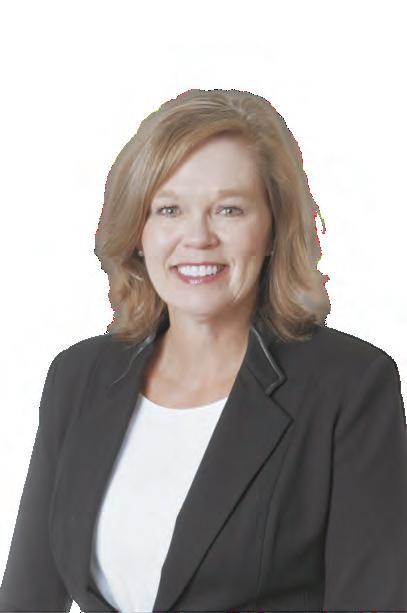

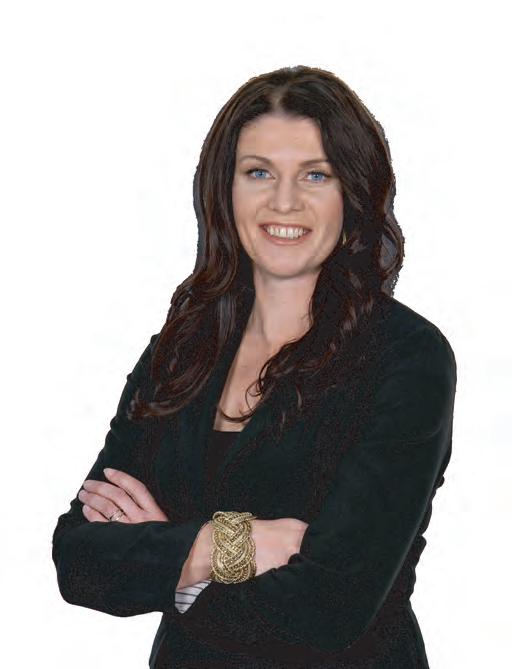



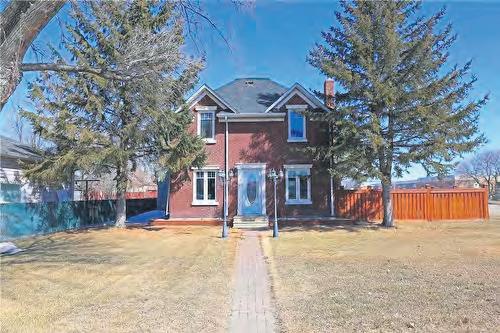
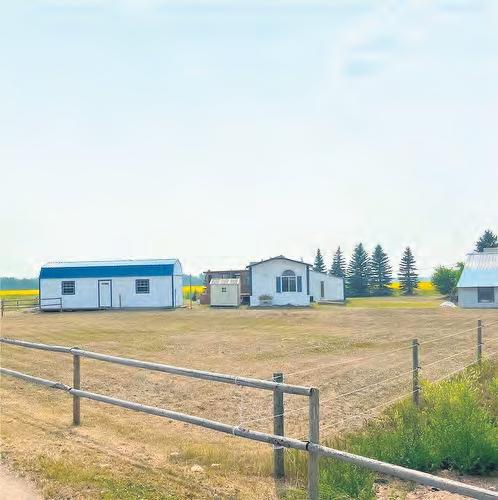

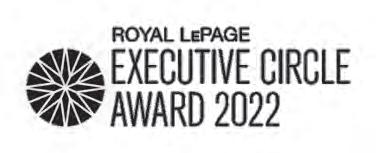
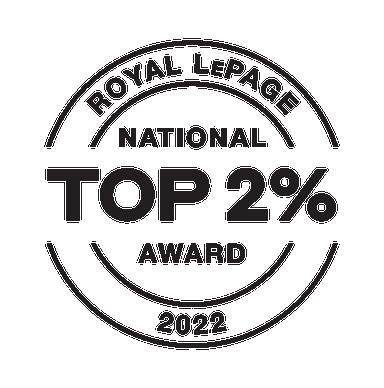


The Canadian High School Rodeo Finals held in Brandon this past long weekend saw cowboys and cowgirls competing for titles in their chosen events. However, there was at least one local person there taking part behind the scenes who didn’t have his sights set on catching a steer or making an eight second ride.
Athletic Therapist (AT), Dillon Hunter of Kenton, has been a member of the Canadian Professional Rodeo Sport Medicine Team (CPRSMT) since 2017, and was in attendance at the event to provide care, education and treatment, as well as to build trusting relationships with the young cowboys and cowgirls.

“The best part about rodeo is the relationships we make,” said Hunter about his involvement with the sport. “It’s one of my favorite parts of the job. A community between the rodeo athletes exists, which is quite different from many other sports.”
The sport of rodeo is synonymous with toughness; both mental and physical. This could potentially make
it more difficult for folks like Hunter to do their jobs. However, because of the strong relationships they build, this mindset and the unwillingness among cowboys to ask for help is being overcome.
“The athletes know that I understand where they are coming from and the culture that follows,” explained Hunter, who credits his rural roots with helping his career as an Athletic Therapist and with the CPRSMT. “Having a strong relationship with our athletes is so critical because when they trust us, they will tend to tell us more about what’s going on. Coming from the agricultural community, we understand the mentality and injuries the athletes deal with, and until recently, had very few resources to help them manage with both the physical and mental injuries. By being at these events the CPRSMT is helping to change the mentality of the sport by educating athletes.”
This is actually one of the reasons Hunter first pursued a career in athletic therapy which has taken him across the world and given him the opportunity to be involved in many sports: rugby, la-
crosse, football and hockey to name a few, some even at a professional level including the Stockton Heat (now the Calgary Wranglers) of the American Hockey League (AHL).
“I love working in the sporting environment and helping high performance athletes return to their sport,” he said of what inspired him to get involved with athletic therapy. “I really enjoy educating athletes and clients about what’s going on and why something is happening, which I find really helps to empower them in their own healing process.”
The CPRSMT arrives at an event at least two hours prior to the start of the performance which allows time to perform any new injury assessments, complete injury follow ups, provide any stretching, manual therapies, taping or exercise prescriptions that are needed. Hunter works alongside a chiropractor and registered massage therapist as part of the team, and in conjunction with the local EMS for injuries requiring immediate medical assistance.
Athletic therapists are the first to respond in the arena.
However, their job doesn’t end once the rodeo is over and the crowds have dissipated; they continue to assess and treat injuries and are involved in rehabilitation plans, ensuring the athlete has continuity of care.
His agricultural background helps him to relate to the characteristics of the extreme sport of rodeo: what drives the cowboys and cowgirls, being comfortable in a non-clinical setting with livestock nearby, and the fast-paced, split-second decision making that takes place during a rodeo.
“Working on the CPRSMT keeps me on my toes, since you never know what you’re going to come across when it comes to injuries,” he said. “Things happen pretty fast and we have to rely on our training, experiences and gut feels.”
He has seen his fair share of wrecks: from a lacerated liver, a knee completely obliterated from a bad dismount, and his worst to date, a crushed chest.
“Likely one of the worst (wrecks) was an athlete who got his chest stepped on following a ride. This resulted in him losing consciousness
that required sternal rub for him to regain consciousness where he began to cough up blood. We were able to get him out of the arena and he got to the hospital where he was put on a ventilator. He (had) sustained six broken ribs and a fractured clavicle.”
Through his service with professional rodeo sport medicine, he attends between 20 to 25 events per year.

The CPRSMT covered 179 rodeos and bull riding performances in 2022 and has grown substantially in the 40 years since its inception from four volunteers in 1983, to over 60 caregivers currently. He worked the recent PBR event held in Brandon earlier this year.
Hunter recently moved
back to Manitoba from Alberta, where the sport of rodeo is abundant and the CPRSMT team is based.
“We are currently building our team out here and starting the conversations that will help raise the funds/ sponsorships to get us to more events in Manitoba and eastern Saskatchewan.” Hunter, plans to resume his education in the related field of physiotherapy and continue with the Canadian Professional Rodeo Sport Medicine Team in hopes of opening a private clinic/ training facility in the area.
“I want to allow more rural athletes to have the same training opportunities that are in the urban areas,” says Dillon Hunter.



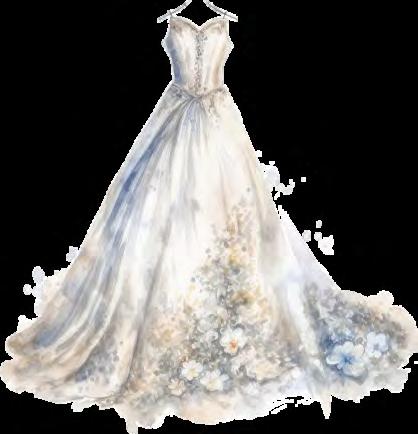


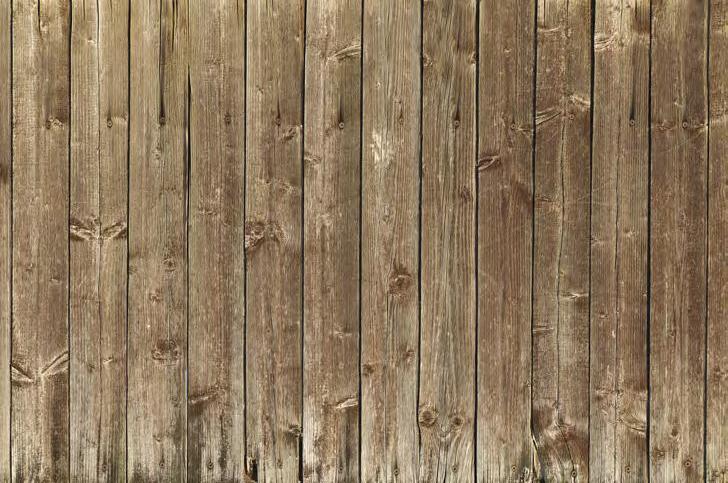



Engines roar and bodies
smash – car bodies that is. And the drivers just don’t quit until their hot wheels won’t turn anymore.
For something completely different on rodeo weekend, Demolition Derby drivers will do their best to render the other guys’ cars inoperable. It makes for a fun filled Sunday afternoon, August 20, in Virden.


You’ll not see many derbies in Manitoba this year. Virden Wild West Daze Derby is becoming unique. There’s pressure on the sport with the many costs involve and the scarcity of good metal oldies. So enjoy the derby

while you can.
One of the organizers, Treasure Sparks says metal cars that are easiest to customize and are up to taking the hits are at a premium these days.
Derby drivers need metal!
Derby drivers “are looking for cars older than the ‘90s, cars of the ‘80s and older,” says Sparks. And of course, the Virden derby accommodates trucks, small cars and ladies’ events with special classes.
First, they customize the car – which represents many hours of work. Then comes the special paint job to identify the car with a number and to brand the car with the sponsor or business that makes it all possible.
Building a derby car means making it ‘safe’ for the collisions on the track.
The fire department is always at the ready in case they’re needed. But there are a few rules to make the smashup safter. While stock gas tanks can be used, the tank needs to be in front of the rear axle, or mounted in the rear seat area, strapped down and covered. The battery also has a special place on the front floor – strapped down.
Among other customizations, you’ll notice the absence of glass in the car windows. No chrome on these cars.
The track is kept watered and that’s a nice feature for dust control, however slippage is also
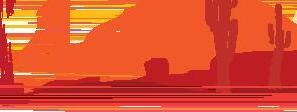


an important factor, according to derby website info. Allowing for a skid factor lessens the impact. It might seem logical to just avoid all the other drivers as long as you can so that your beast will last the longest. But that’s not the idea of this game. That would be like asking for a broke horse in the saddle bronc rodeo event. No, the point is to make hits, and not on the drivers’ doors (a no-no), so you may see these derby beauties make a few circles looking for a prime opportunity to crunch another.
As of right now Sparks doesn’t know what classes will be filled. If there are enough entrants there will be a Mechanics’ heat at the end, and possibly a compact (small) car heat. But you can be sure there will be purses to win. Sponsorships are available and these provide the $1000 payout for the feature heats. In other heats there’s direct payouts from the entry fees.
The crowd pays a small fee at the gate and gets a chance to buy a ticket and win a raffle car too. Proceeds from the Demo-
lition Derby go to Virden Legion.
Bleacher seating provides prime viewing. There’s a concession booth and plenty of parking on the grass. When the dust settles there will be time for dinner before capping off Sunday evening off with the final session of the Virden Indoor Rodeo, starting at 5:30 p.m.
The derby track is located on Provincial Road 257, west of the cement plant (visible along Hwy 1. There’s also a brandnew bridge open for traffic from the south.





